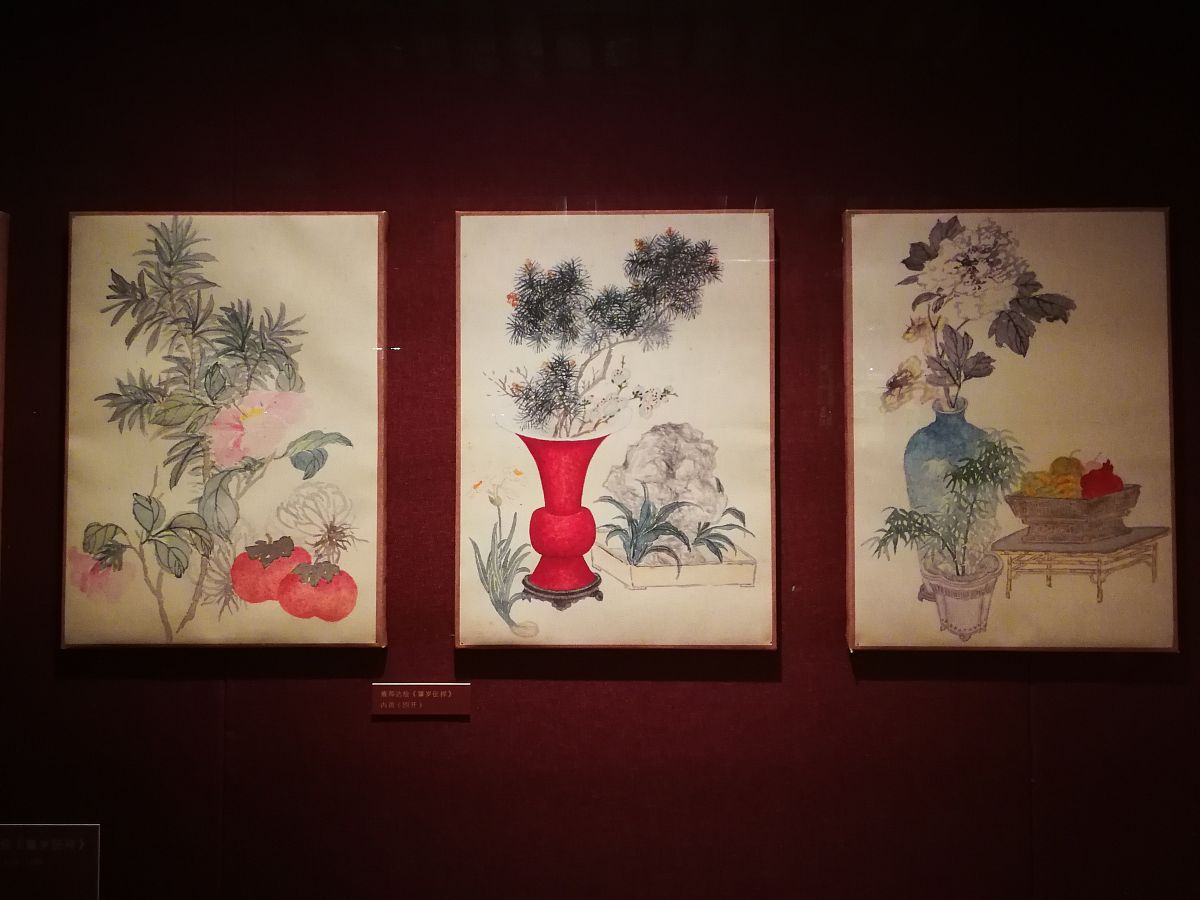The Interplay of Yin and Yang in Chinese Painting: A Fusion of Ancient and Modern
5.1.3.2.4 The Interaction of Yin and Yang in Painting
The dualistic structure of the 'Dao' serves as the foundation of Chinese painting's visual language development and transformation, following the universal laws of the 'Dao'. All things in the world exist in opposition and connection between yin and yang, forming a whole. The creation and generation of paintings also exist as a combination of reality and imagination. Objective existence is real, while subjective imagination is imaginary. What can be seen is real, while what cannot be seen is imaginary. Form is real, while meaning is imaginary, hence the concept of 'imagery' in Chinese art. 'Imagery' is the representation of internal characteristics achieved by the combination of subjective and objective elements, separated from the objective reality of objects by active human thought. This is the beauty of the synthesis of reality and imagination, as well as the beauty of the fusion of mind and matter.
From an analysis of the structural level of painting language, it can be seen that any superficial factor necessarily contains underlying factors, such as the unity of material properties and cultural attributes, as well as the unity of formal language and spiritual imagery. Any spiritual imagery must be expressed through visible forms.
All techniques in Chinese ink painting are unified by the unity of yin and yang, the coexistence of reality and imagination, and the mutual dependence of imagery. There is no absolute imaginary, as imagination contains meaning and imagery. There is no absolute reality, as reality contains imagination and meaning. The driving force behind all changes in Chinese ink painting is the dual forces of opposition and unity, differentiation and integration. The 'Dao' absorbs all external factors of change by means of a synthesis of reality and imagination, resulting in a multi-dimensional and open state of the formal language, aesthetic character, and artistic spirit of Chinese ink painting.
5.1.3.2.5 The Mixed Artistic View of Integrating Ancient and Modern, Chinese and Western
The artistic view of contemporary ink painting is a mixed view of integrating ancient and modern, Chinese and Western elements. It incorporates modern art elements and international artistic language into the traditional technique and spiritual basis of Chinese ink painting, creating ink works with unique personality and contemporary sense. Contemporary ink painting absorbs elements from Western modern painting, sculpture, and photography, crossing formal boundaries. In contemporary ink painting, ancient and modern, Chinese and Western elements are integrated, such as traditional freehand brushwork, meticulous brushwork, splashed ink, contemporary abstraction, geometry, and collage. In short, contemporary ink painting excavates the vast space of ink art by combining traditional and modern art, forming a new visual language and aesthetic concept. It uses colorful images and profound connotations to break the pure and monotonous nature of traditional ink painting, showing a new aesthetic of blending ancient and modern, Chinese and Western.
The expression of ink language in modern cultural contexts is combined with the current cultural context, and many personalized works have new visual impact. Their common spiritual direction is to reflect the loss of human nature caused by modern industrial and technological development. The ink language they use has been widely expanded under the background of traditional ink culture and modern Western art. From the perspective of the humanistic content and expression techniques of contemporary ink painting, the characteristics are as follows:
First, they express the spiritual state of modern people influenced by modern industrial civilization and the digital age, as well as artistic concepts associated with Western modernism, such as abstraction and expressionism. They emphasize strong individual consciousness, modern humanistic qualities, critical awareness, and a sense of anxiety, focusing on the integration of inner emotions and external forms.
Second, they pay more attention to the urban and human state in terms of content, emphasizing inner feelings and emotional expression. The urban landscape brought by urbanization and the fundamental changes in people's living conditions brought by industrial mass production have formed new internal feelings for people.
Third, compared with traditional ink painting, contemporary ink painting has made great breakthroughs in formal composition, brushwork tools, material technology, and coloring production, showing the characteristics of integrated performance in technical methods and media materials. From the perspective of artistic creation concepts, themes, and methods, it is more free and expansive.

原文地址: https://www.cveoy.top/t/topic/nodH 著作权归作者所有。请勿转载和采集!